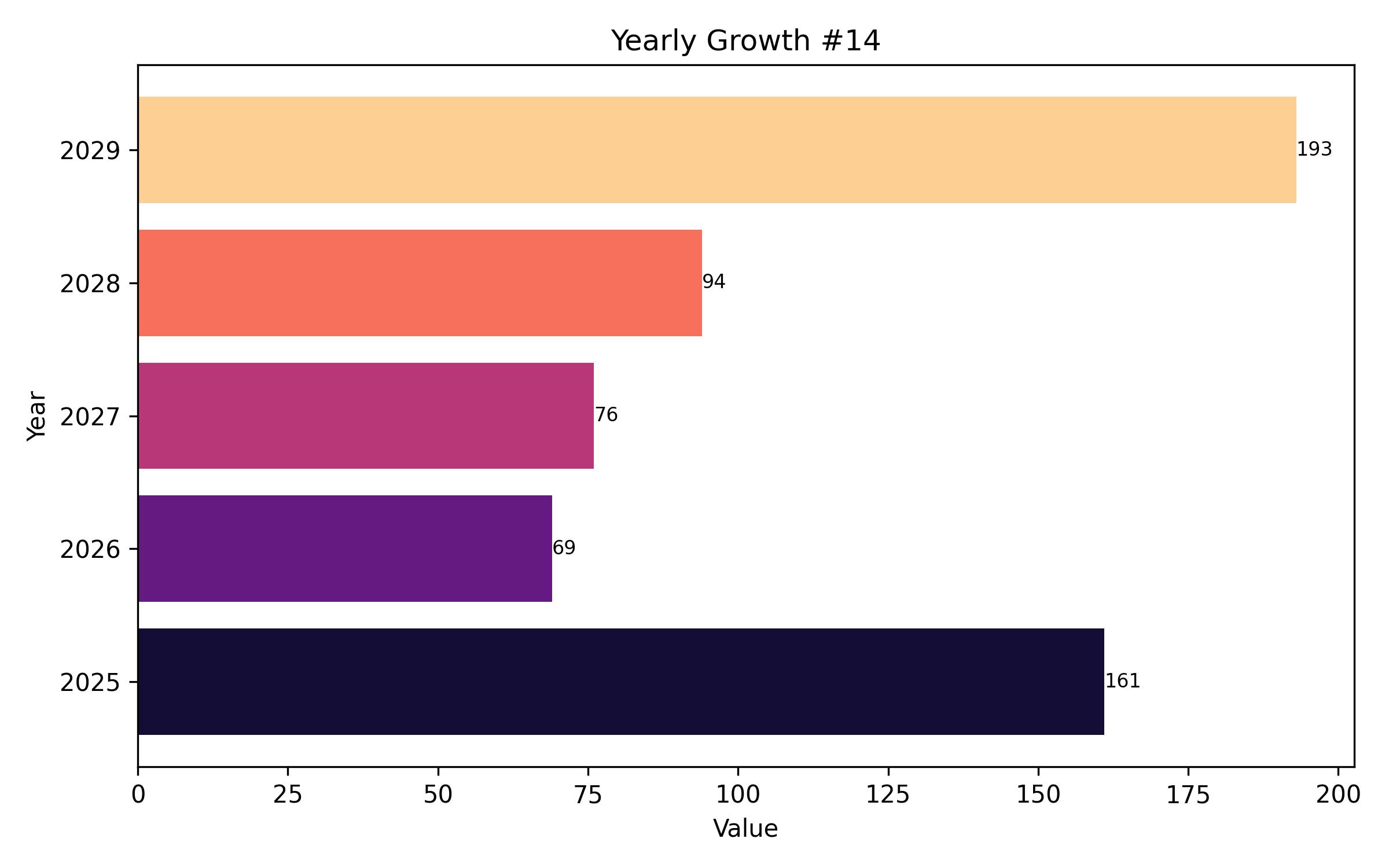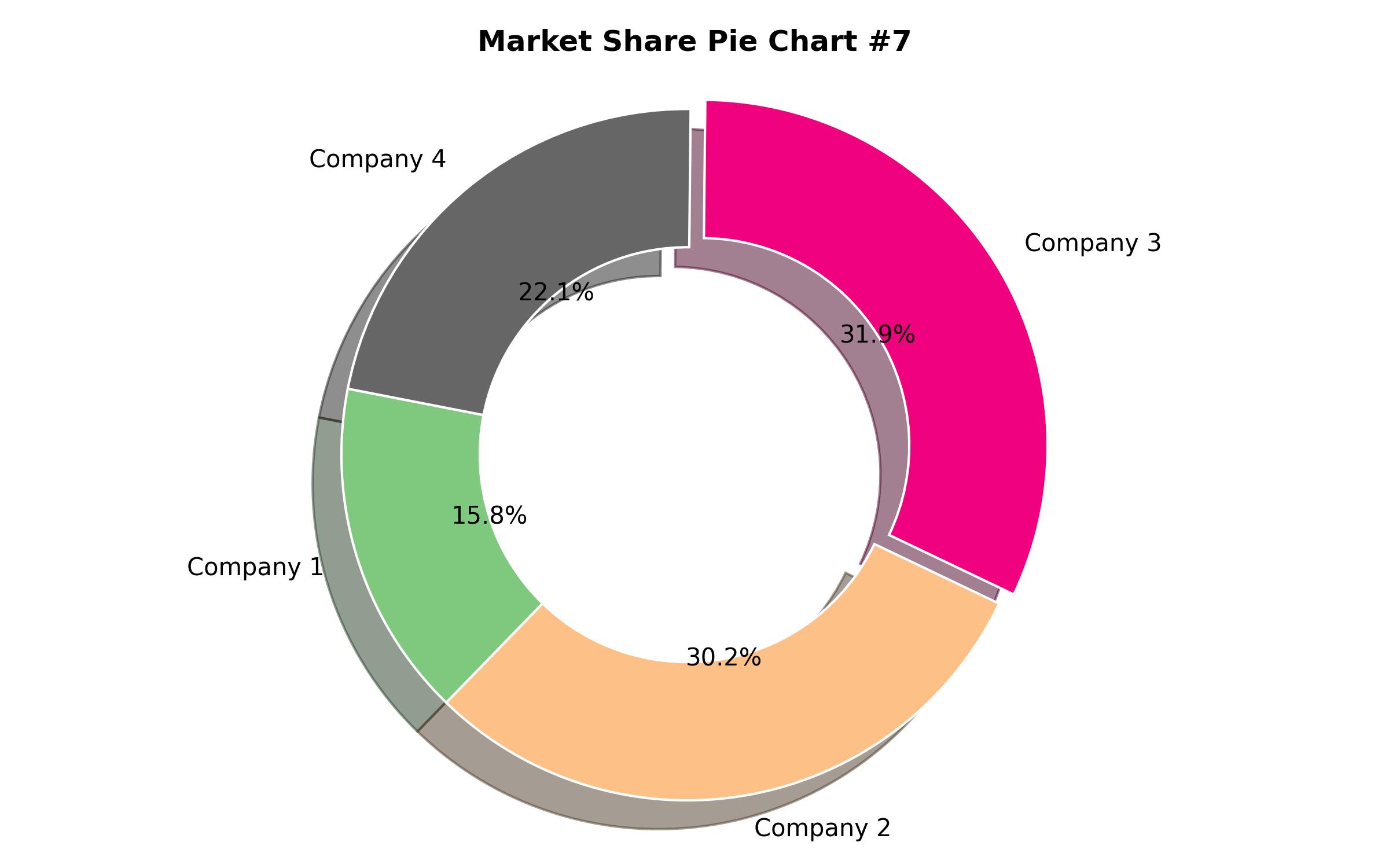Automotive Gas Cylinder Industry: Growth Analysis, Trends, and Projections Through 2035
Overview:
The automotive gas cylinder market is poised for steady expansion in the coming years. In 2025, the projected market size is approximately USD 1,740.5 million. Predictions estimate a rise to USD 2,576.4 million by 2035, reflecting a compound annual growth rate (CAGR) of 4.0% from 2025 to 2035. This growth is attributable to increasing demand for alternative fuel vehicles and stringent emission norms.
The market encompasses various material types, including composite and steel cylinders, each catering to specific vehicle requirements and safety standards. Composite cylinders, known for their lightweight properties, are gaining traction in passenger vehicles, while steel cylinders continue to be a reliable choice for commercial applications.
Regionally, North America, Europe, and Asia Pacific are key markets, with countries like the U.S., Germany, China, and India leading in adoption rates. The push for sustainable transportation solutions is driving the demand in these regions.
Key industry players are focusing on technological advancements to enhance cylinder performance, safety, and durability. Innovations in material science and manufacturing processes are expected to further propel market growth.
Investments in research and development, combined with supportive government policies, are fostering a conducive environment for market expansion. Overall, the automotive gas cylinder market is set to experience sustained growth driven by environmental concerns and the increasing popularity of gas-powered vehicles.

Year On Year Growth Chart
“`html
| Report Attribute | Details |
|---|---|
| Market Size in 2025 | USD 1,740.5 million |
| Revenue Forecast for 2035 | USD 2,576.4 million |
| Growth Rate (CAGR) | 4.0% from 2025 to 2035 |
| Base Year for Estimation | 2024 |
| Historical Data | 2020 – 2024 |
| Forecast Period | 2025 – 2035 |
| Quantitative Units | Revenue in USD million/billion and CAGR from 2025 to 2035 |
| Report Coverage | Revenue forecast, company market share, competitive landscape, growth factors, and trends |
| Covered Segments | Type and region |
| Regional Scope | North America, Europe, Asia Pacific |
| Country Scope | U.S., U.K., Germany, Italy, Spain, India, China, Japan, South Korea |
| Key Companies Analyzed | Worthington Industries, Inc.; Hexagon Composites ASA; Luxfer Holdings PLC; Faber Industrie SpA; Everest Kanto Cylinder Ltd.; CIMC Enric Holdings Limited |
| Customization Options | Free report customization (up to 8 analysts working days) with purchase. Changes to country, regional, and segment scope |
| Pricing and Purchase Options | Customizable purchase options for tailored research needs |
“`

Key Companies Market Share
Report Coverage & Deliverables
- Market Trends And Dynamics
- Competitve Benchmarking
- Historical data and forecasts
- Value/Volume analysis
- Company revenue shares and key strategies
- Regional opportunities
This is an indicative segmentation. Please request a sample report to see detail segmentation of this market.
Detailed Market Segmentation
- By Material Type
- Composite
- Steel
- By Vehicle Type
- Passenger Vehicles
- Commercial Vehicles
- By Application
- CNG Vehicles
- LPG Vehicles
- Hydrogen Vehicles
- By Region
- North America (U.S., Canada)
- Europe (Germany, France, U.K., Italy, Spain)
- Asia Pacific (China, India, Japan, South Korea)
Table of Content
- Executive Summary
- Market Overview
- Global Economic Outlook
- Key Market Trends
- Market Dynamics
- Market Drivers
- Market Restraints
- Market Opportunities
- COVID-19 Impact Analysis
- Automotive Gas Cylinder Market Analysis by Material Type, 2025-2035
- Composite
- Steel
- Automotive Gas Cylinder Market Analysis by Vehicle Type, 2025-2035
- Passenger Vehicles
- Commercial Vehicles
- Automotive Gas Cylinder Market Analysis by Application, 2025-2035
- CNG Vehicles
- LPG Vehicles
- Hydrogen Vehicles
- Automotive Gas Cylinder Market Analysis by Region, 2025-2035
- North America
- Europe
- Asia Pacific
- Competitive Landscape
- Key Company Profiles
- Strategic Recommendations
- Research Methodology
- Assumptions and Limitations
